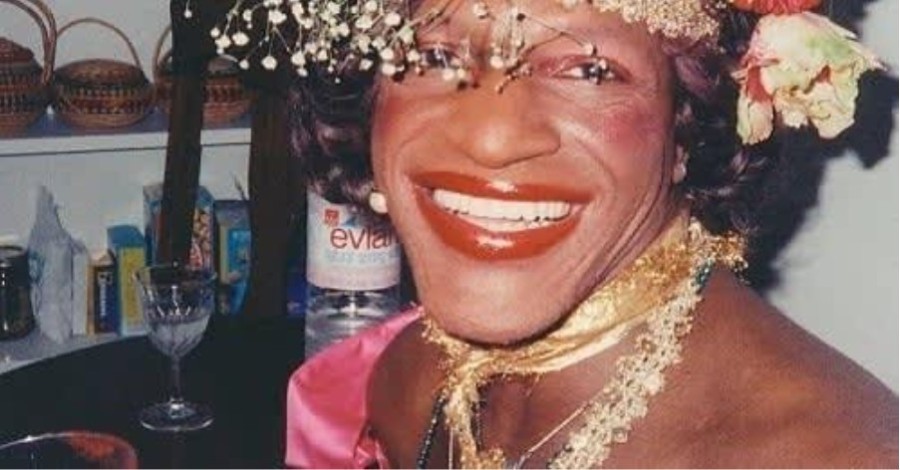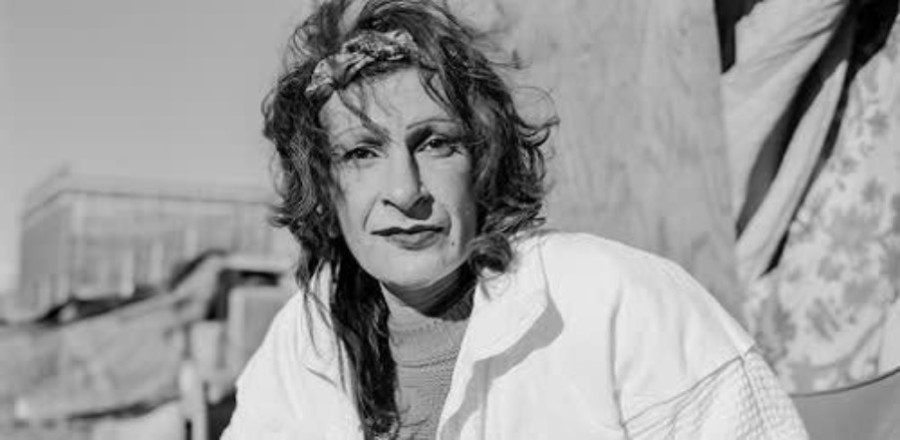How and why we celebrate New York City’s rich LGBT culture in June
Now that the celebrations are over, let’s take a moment to reflect on the history of Pride Month. During the month of June, the United States holds a variety of LGBT Pride Month celebrations to commemorate the Stonewall riots. Over the past few decades, it has become an important way for members of the LGBT community to celebrate their sexuality and gender identity, particularly as further protections have been put in place to ensure their equal standing in the country. Pride parades and festivals are held throughout the country in June, but New York City has played a unique role in LGBT history (some major landmarks are located right here in the heart of Manhattan!). Read on to learn more about New York’s fascinating LGBT history and the notable figures we celebrate each June for their significant contributions to the community.
What were things like for LGBT folks pre-Stonewall?
In the years after World War I, both Greenwich Village and Harlem were known as LGBT enclaves, offering spaces for queer people to form a community. Much of the early LGBT subculture was developed during these years, particularly during Prohibition, when members of the community were able to spend time at underground speakeasies, avoiding police detection. Things took a turn for the worse in the 1960s when the mayor began working to remove New York City’s gay bars in preparation for the 1964 World’s Fair. Many liquor licenses were revoked during this time, and entrapment, where an undercover officer would arrest anyone suspected of homosexuality, became all too common.
The Stonewall riots
Perhaps the most well-known LGBT landmark in Manhattan, the Stonewall Inn has long served the LGBT community. Located on Christopher Street, the bar served as a safe space for members of the community, even as it was frequently raided by police officers during the 1960s. Many people found solace and a sense of family at Stonewall, including the numerous homeless youths who slept in nearby Christopher Park, many of them ostracized from their own families for being gay. The bar was cheap to enter and was one of the only venues to allow dancing and accept drag queens; they were not welcome at many of the city’s other gay bars and clubs.

The Stonewall Riots began in the middle of the night on June 28th, 1969, when police raided the bar, dragging patrons out into the street. Things escalated quickly as frustrations reached a boiling point. Often, the bar would be tipped off in advance of a police raid, but this time, no warning had come. Many were arrested, while others were subjected to humiliating examinations where police officers would undress any patrons they suspected of cross-dressing. Frustrated and furious at this cruel treatment, members of the LGBT community gathered outside the bar and began to fight back. A lesbian often identified as Storme DeLarverie was forced into a police van after fighting off at least four officers and repeatedly escaping. She called to onlookers to fight back, which they did, throwing bottles, cobblestones, and other objects at the police. This event spiraled into six days of riots and is often referred to as the catalyst of the gay rights movement. Pride Month is held each June in part to commemorate the importance of the Stonewall riots.
Notable and historical figures in New York City’s LGBT community
◾Storme DeLarverie (1920-2014): Many of Manhattan’s most notable LGBT figures were also members of the BIPOC community, already struggling to find a place for themselves in the turbulent 1960s. One of such figures was Storme DeLarverie, a biracial butch lesbian woman who is often identified as the spark that ignited the Stonewall riots. Born to a Black mother and a white father, Storme became known as a talented singer and drag king, protecting younger LGBT community members throughout the 1980s and 90s. She lived at the Hotel Chelsea until well into her eighties, patrolling the streets to protect queer women and girls from harassment, and was inducted into Manhattan’s National LGBTQ Wall of Honor at the Stonewall National Monument in June 2019.

◾Marsha P. Johnson (1945-1992): A Black gay liberation activist, gay rights advocate, and self-proclaimed drag queen, Marsha P. Johnson was one of the best known and most prominent figures during the Stonewall riots. While Johnson never identified as transgender, the term was also not widely in use during Johnson’s lifetime. Johnson often modeled for Andy Warhol, performed onstage with a drag troupe, and was informally known as “the mayor of Christopher Street.” Johnson’s death in 1992 occurred under mysterious circumstances; while it was originally ruled a suicide, many of Johnson’s friends disputed this, and the cause of death was officially changed to “undetermined” in 2002. Johnson’s legacy has endured, particularly in New York City, where Governor Cuomo recently announced that Brooklyn’s East River State Park will be renamed in honor of Johnson.
◾James Baldwin (1924-1987): Perhaps best known today for his writings If Beale Street Could Talk, recently adapted into an Academy Award-winning film, this notable Black novelist, playwright, and activist made his mark on New York City’s LGBT scene. Baldwin typically tackled complex social issues, including race and sexuality, in his writings. While he was able to do some fantastic work for the civil rights movement, Baldwin struggled, as he was one of the only out gay men in the community. He wrote often about homosexuality but never explicitly discussed or disclosed his own sexuality; nevertheless, he remains an important figure, particularly for queer BIPOC individuals today.

◾Sylvia Rivera (1951-2002): One of the most notable early transgender rights activists, Puerto Rican and Venezuelan Rivera grew up on the streets of New York City. After being welcomed into the local drag queen community in her youth, she took on the name Sylvia and would go on to identify as a drag queen herself. Sylvia became good friends with Marsha P. Johnson and joined the Gay Activists Alliance in 1970, fighting for the rights of gay and transgender people, particularly the homeless and disadvantaged members of the community. While the word was not used or understood widely at the time, Rivera is today acknowledged as one of the transgender community’s earliest activists.
◾Alvin Ailey (1931-1989): A talented Black dancer, choreographer, and gay rights activist, Alvin Ailey was quite private about his personal life but nevertheless made a tremendous impact in LGBT history. Here in New York City, Ailey founded the Alvin Ailey American Dance Theater as a way to foster talent and community among young Black dancers and choreographers. The theater is still in operation today on the Upper West Side and carries an esteemed reputation, having launched the careers of numerous talented individuals and partnering with Fordham University to offer a BFA degree program in dance.
◾Miss Major Griffin-Gracy (1940-): A Black transgender activist who regularly advocates for women of color, Miss Major Griffin-Gracy has been involved in LGBT activism for decades, beginning with the Stonewall riots in 1969. Notably, Griffin-Gracy came out as a transgender woman quite early during the 1950s, when gender identity was essentially a foreign topic to the entire country. She established herself within the New York City LGBT community, particularly in Greenwich Village, where she often sought refuge at the Stonewall Inn. She was one of the leaders of the riots on that night in June 1969 who was taken into police custody. Today, Griffin-Gracy continues her important activist work, focusing primarily on protecting young trans women who far too often face discrimination and violence.
Our team recognizes the tremendous sacrifices and hardships that many of our LGBT community members endured in the fight for equal rights.
“As a proud member of the LGBT community and a person of color, this city has a special place in my heart because it is a beacon of hope for people to follow their dreams, but also a place where everyone comes to feel accepted and find their tribe. I love that I get to work here and am dedicated to helping my clients find their home here.” –Pascal Kouwenhoven, Director of Operations, NYC Experience Team
If you’re searching for apartment or condo homes in Hudson Square or Chelsea, contact real estate agent Adie Kriegstein today! With over 15 years of Manhattan real estate experience, Adie will be happy to help you find the home of your dreams in the city.

